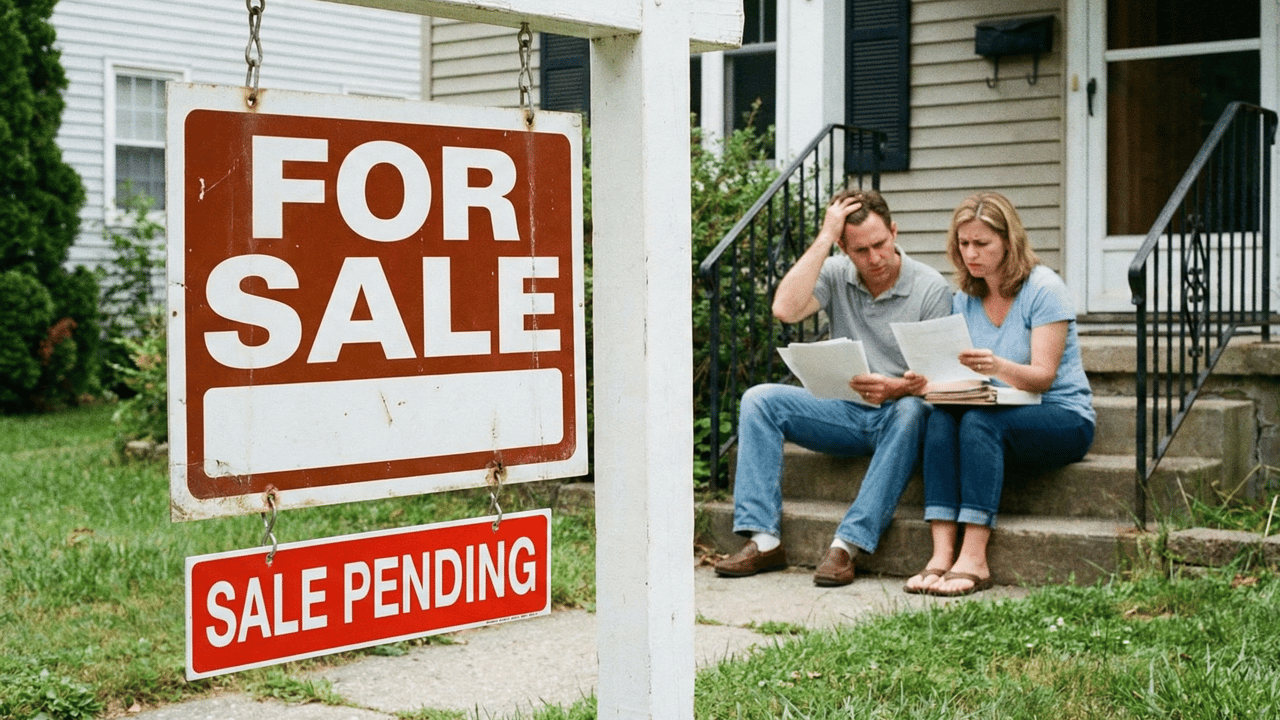When Weather Drives Up the Cost of Homeownership
Lisa Mailhot | January 28, 2025
Buyers

Lisa Mailhot | January 28, 2025
Buyers

Extreme weather events like California’s wildfires and rare Southern snowstorms are reshaping the real estate and insurance landscape. Homeowners across the country are feeling the burden of rising insurance premiums, with costs climbing 33% from 2020 to 2023. According to researchers, the link between climate risks and increased costs is undeniable—homeowners in high-risk areas are now paying about $500 more annually than those in low-risk regions.
In 2024 alone, the U.S. experienced 27 billion-dollar weather disasters, causing $182.7 billion in damages. This pressure is forcing private insurers to retreat from high-risk regions, leaving homeowners with fewer, more expensive options. In California’s Pacific Palisades, for instance, exposure under the state’s FAIR Plan surged, and insurers like State Farm pulled out, leaving homeowners reliant on public insurance programs.
Public insurance programs, such as California’s FAIR Plan, serve as a safety net for homeowners who can no longer access private coverage. However, these options often come with significant limitations, including higher deductibles, limited coverage options, and a lack of flexibility for customizing policies. For many, this means paying more out of pocket when disasters strike and facing financial uncertainty as climate risks grow. The strain on public programs continues to rise, with the number of FAIR Plan policies increasing by 168% from 2016 to 2023.
Rising insurance costs and climate risks are not just a financial burden—they’re also impacting property values. Homes in high-risk areas are becoming less desirable, leading to devaluation. This local trend ties into the larger global estimate of $559 billion in real estate losses by 2050 due to climate-related risks. As properties lose value, local economies suffer, exacerbating financial inequality in already vulnerable communities.
While rising costs and risks present a significant challenge, there are actionable strategies to mitigate their impact:
These strategies are just the beginning of what’s needed to build resilience in the face of growing climate risks.
Addressing the systemic challenges requires broader policy efforts at the national and state levels. Proposed solutions include:
Rising insurance costs, driven by escalating climate risks, are reshaping the real estate market and straining homeowners across the country. From costly public insurance options to devaluing properties, these challenges require both individual preparation and systemic solutions. If you’re considering buying or selling in today’s complex market, let’s connect to explore your options and build a resilient path forward together.
Reference: Dantewadia, Pooja. "Map Shows Rising Home Insurance Costs by State as Climate Risks Reshape the Market." Jan 27, 2025.

Builder incentives hit record highs in Orange County. Now is the best time to buy a brand new home with massive savings and unprecedented inventory selection.

Home purchase cancellations reached 15.1% in October 2025, up from last year. Discover why buyers are backing out and what Orange County sellers need to know now.

Life changes make staying put difficult. Discover why more Orange County homeowners are choosing to move despite losing their 3% mortgage rates in 2025.

Get expert answers to the 3 most common housing market questions this holiday season. Learn about Orange County inventory, affordability, and pricing trends.

Learn proven strategies to find the best deal on a home in Orange County's competitive market. Insider tactics that save buyers thousands today.

Discover why 2025 homebuyers don't regret their decision. Learn the real reasons people bought homes this year and how homeownership builds wealth.

Discover how affordable wellness design is transforming Orange County real estate. Learn the latest trends in healthy, sustainable homes for every budget.

Homeowners accumulate 40x more wealth than renters. Discover how equity, appreciation, and forced savings make buying a home your best investment.

Discover who has the advantage in October 2025's real estate market. Expert insights on buyer and seller dynamics shaping today's housing landscape nationwide.
Let's find a time that suits you best to chat about your goals, show you how we work, and figure out how we can help you the most